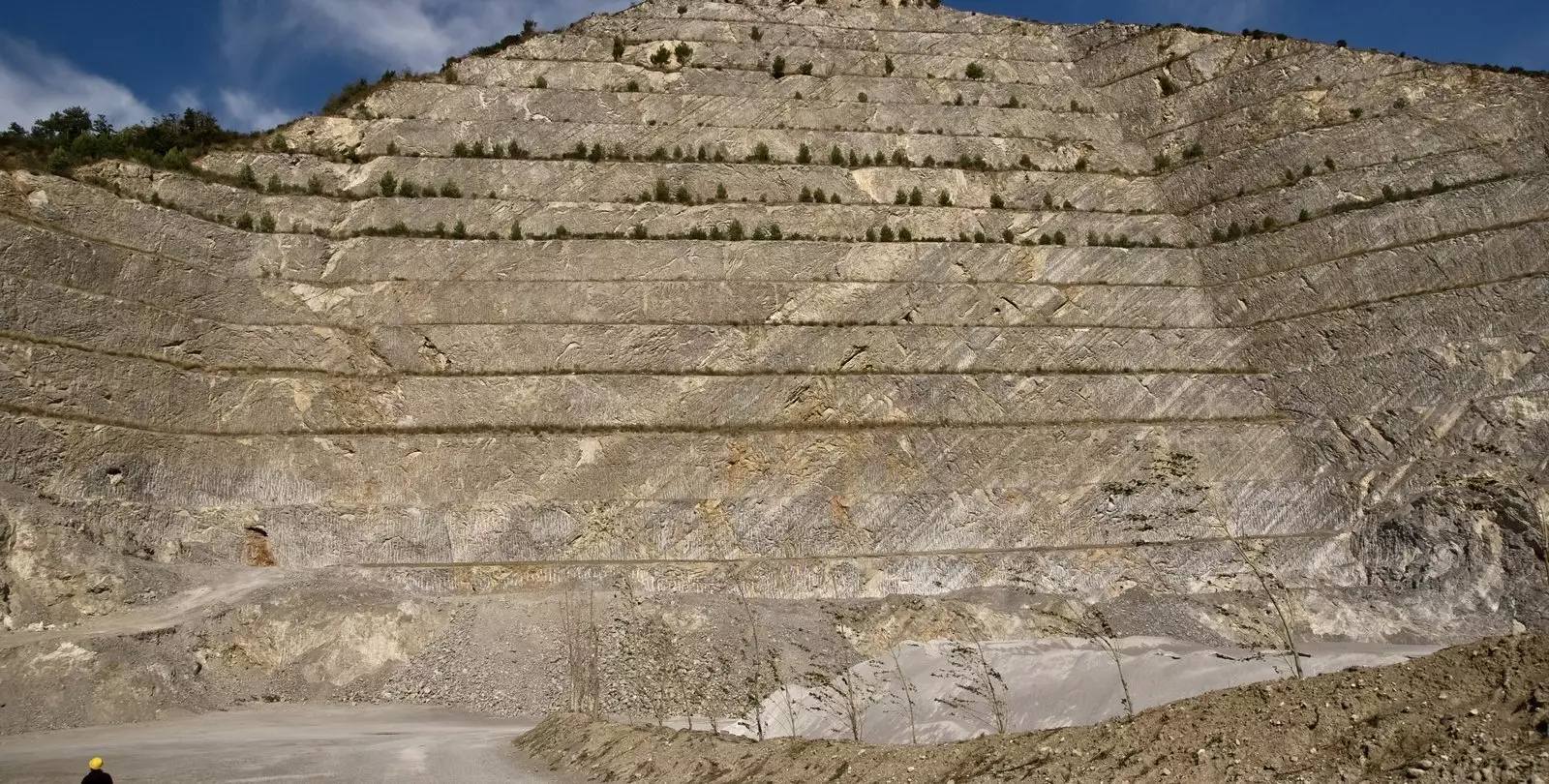The Toarcian Oceanic Anoxic Event (T-OAE) about 183 million years ago in modern South Africa is a prime example of the devastating impacts of volcanic activity on the ocean-atmosphere system. An estimated 20,500 gigatons of carbon dioxide (CO2) were released during this period of 300 to 500 thousand years, leading to a lack of oxygen in the water and causing a mass extinction of marine species. This event serves as a stark warning of the consequences of increased greenhouse gas emissions due to human activities since the industrial revolution. The research conducted by a team of scientists from George Mason University sheds light on the severity of ocean deoxygenation during the T-OAE.
The team collected 30 samples of stratified limestone from the Mercato San Severino region in southern Italy to assess the extent of anoxia during the T-OAE. By analyzing the uranium content and isotopic composition of these samples, the researchers were able to infer the amount of anoxia in the ocean during that time. Isotopes of uranium, with slightly different masses due to varying numbers of neutrons, provide valuable insights into the oxygen levels in the ancient ocean. When oxygen becomes scarce in the water, uranium precipitates out of the seawater and settles into sediments on the ocean floor. This modeling technique developed by former Caltech postdoctoral scholar Michael Kipp, Professor Francois Tissot, and collaborators allows scientists to estimate the percentage of oxygen in the ocean at the time of the T-OAE.
The results of the study indicate that anoxia peaked at 28 to 38 times the level of the modern ocean during the T-OAE, with 6% to 8% of the ocean floor covered in anoxic sediments. In contrast, today, only about 0.2% of the ocean floor is covered with similar sediments, as seen in the Black Sea. This substantial difference highlights the drastic changes in ocean oxygen levels over time and the potential consequences of continued greenhouse gas emissions. The T-OAE serves as a cautionary tale, warning of the severe negative impacts on marine ecosystems if carbon emissions are not reduced.
The research on the T-OAE demonstrates the long-lasting effects of volcanic activity on the Earth’s climate and marine life. The parallels drawn between past anoxia events and current CO2 emissions emphasize the urgent need for global action to mitigate climate change. If greenhouse gas emissions continue to rise unchecked, the ocean’s ecosystem is at risk of severe damage, as seen during the T-OAE. The study serves as a stark reminder of the importance of sustainable practices and the preservation of our planet for future generations.
The Toarcian Oceanic Anoxic Event sheds light on the potential consequences of increased CO2 emissions on the ocean’s ecosystem. By studying past anoxia events and comparing them to present-day conditions, scientists can better understand the impact of human activities on the environment. The research underscores the need for immediate action to reduce carbon emissions and protect marine life from the devastating effects of climate change.


Leave a Reply